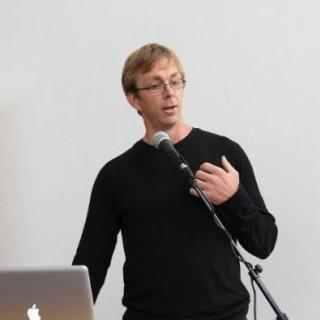Conference: Jun 26-28, 2017
Workshops: Jun 29-30, 2017
Presentation: Scaling Uber to 1,000 Services
Location:
- Salon D
Duration
Day of week:
- Monday
Level:
- Intermediate
Persona:
- Architect
- CTO/CIO/Leadership
Key Takeaways
- Thoughts from a person leading a high growth environment on what they might have done differently on the way to 1000's of production services.
- Hear a senior software leader “acknowledge the pain” in growing the architecture at an explosive growth company, and how you might benefit from their painpoints.
- Learn from the success and failure of one of the fastest growing software companies in the world.
Abstract
To Keep up with Uber's growth, we've embraced microservices in a big way. This has led to an explosion of new services, crossing over 1,000 production services in early March 2016. Along the way, we've learned a lot. If we had to do it all over again, we'd do some things differently. If you are earlier along on your personal microservices journey than we are, then this talk may save you from having to learn some things learn the hard way.
Interview
Similar Talks



Tracks
Monday, 13 June
-
Architectures You've Always Wondered About
Case studies from: Google, Linkedin, Alibaba, Twitter, and more...
-
Stream Processing @ Scale
Technologies and techniques to handle ever increasing data streams
-
Culture As Differentiator
Stories of companies and team for whom engineering culture is a differentiator - in delivering faster, in attracting better talent, and in making their businesses more successful.
-
Practical DevOps for Cloud Architectures
Real-world lessons and practices that enable the devops nirvana of operating what you build
-
Incredible Power of an Open-Sourced .NET
.NET is more than you may think. From Rx to C# 7 designed in the open, learn more about the power of open source .NET
-
Sponsored Solutions Track 1
Tuesday, 14 June
-
Better than Resilient: Antifragile
Failure is a constant in production systems, learn how to wield it to your advantage to build more robust systems.
-
Innovations in Java and the Java Ecosystem
Cutting Edge Java Innovations for the Real World
-
Modern CS in the Real World
Real-world Industry adoption of modern CS ideas
-
Containers: From Dev to Prod
Beyond the buzz and into the how and why of running containers in production
-
Security War Stories
Expert-level security track led by well known and respected leaders in the field
-
Sponsored Solutions Track 2
Wednesday, 15 June
-
Microservices and Monoliths
Practical lessons on services. Asks the question when and when to NOT go with Microservices?
-
Modern API Architecture - Tools, Methods, Tactics
API-based application development, and the tooling and techniques to support effectively working with APIs in the small or at scale. Using internal and external APIs
-
Commoditized Machine Learning
Barriers to entry for applied ML are lower than ever before, jumpstart your journey
-
Full Stack JavaScript
Browser, server, devices - JavaScript is everywhere
-
Optimizing Yourself
Keeping life in balance is always a challenge. Learning lifehacks
-
Sponsored Solutions Track 3










